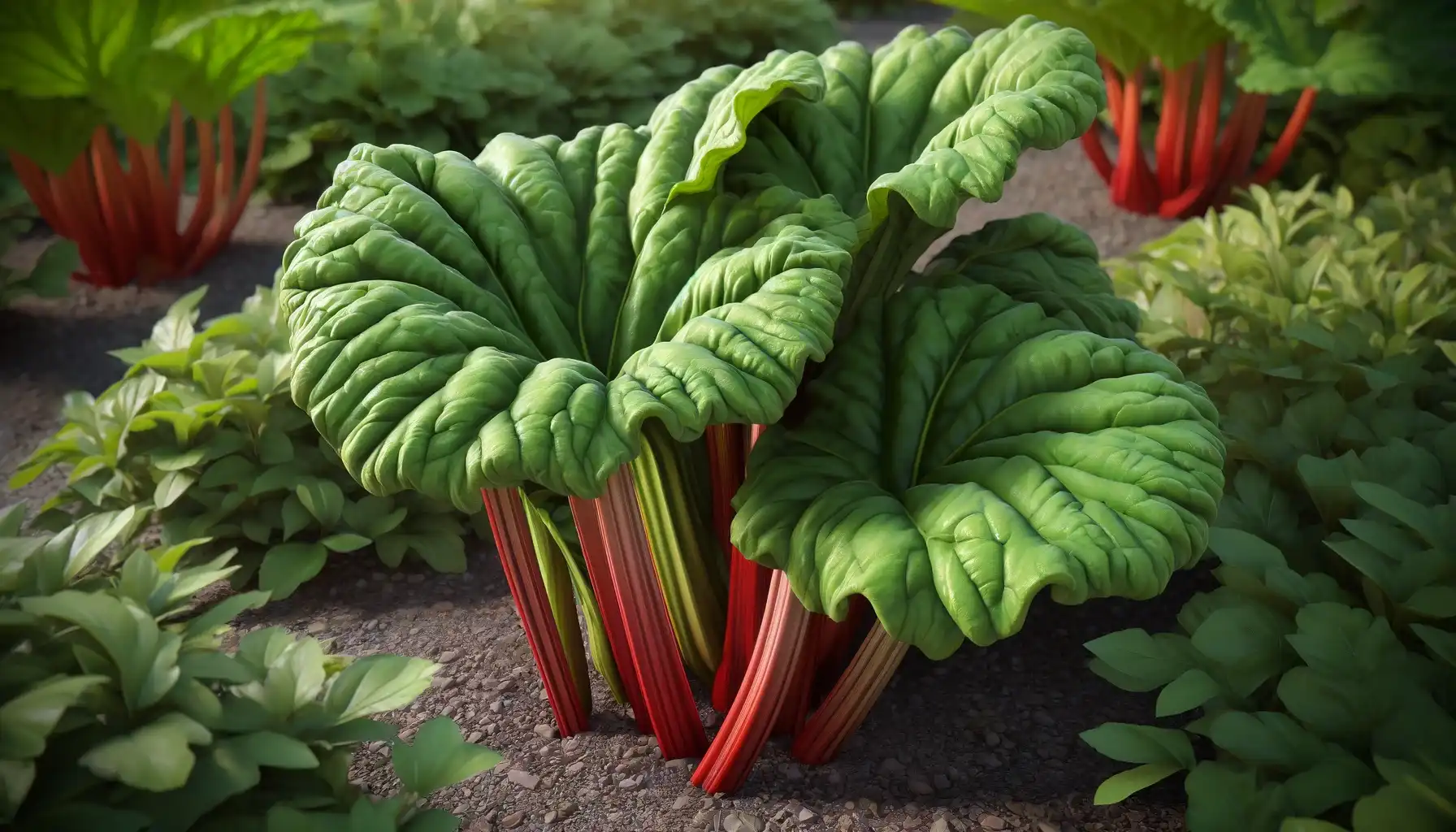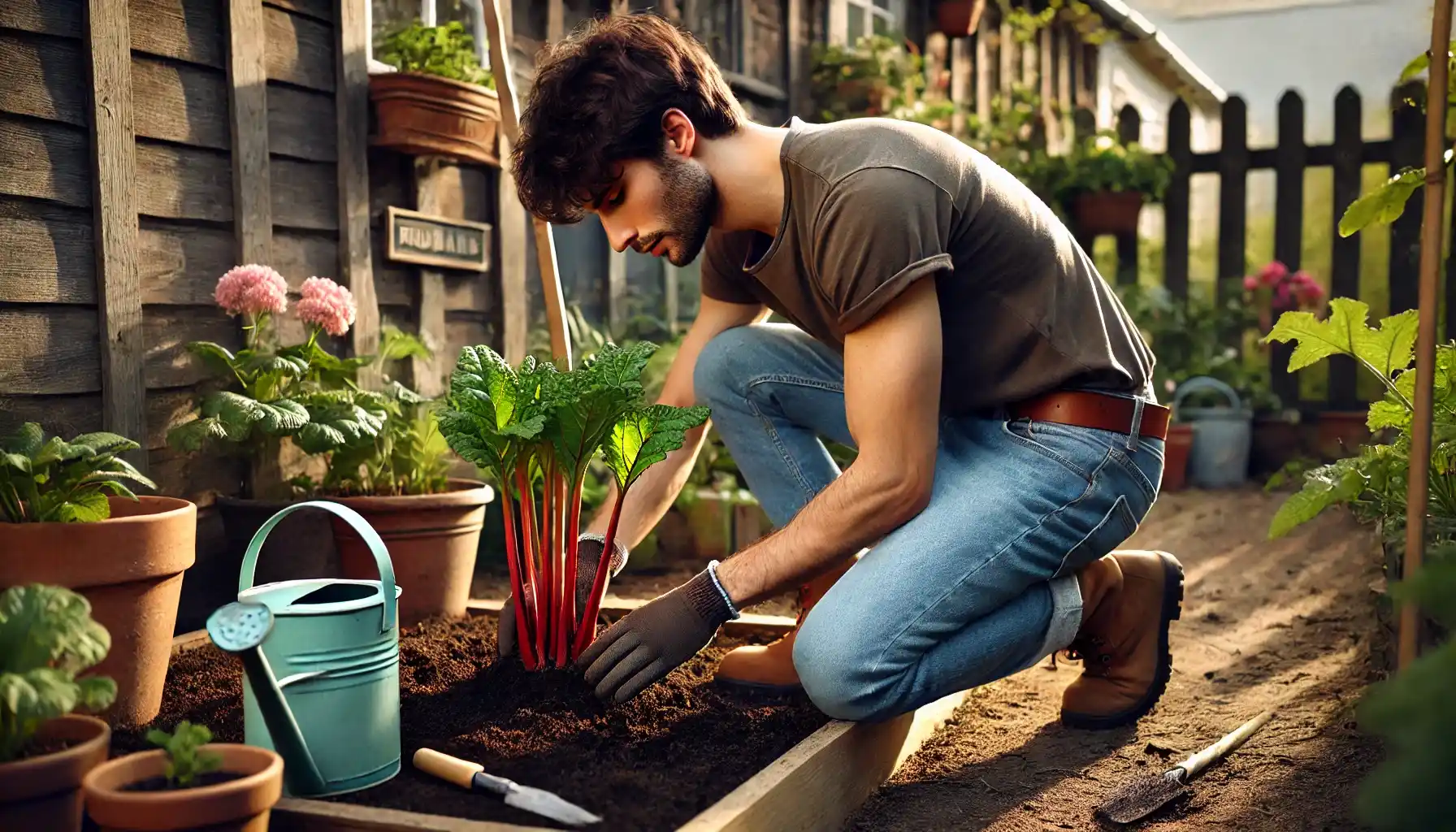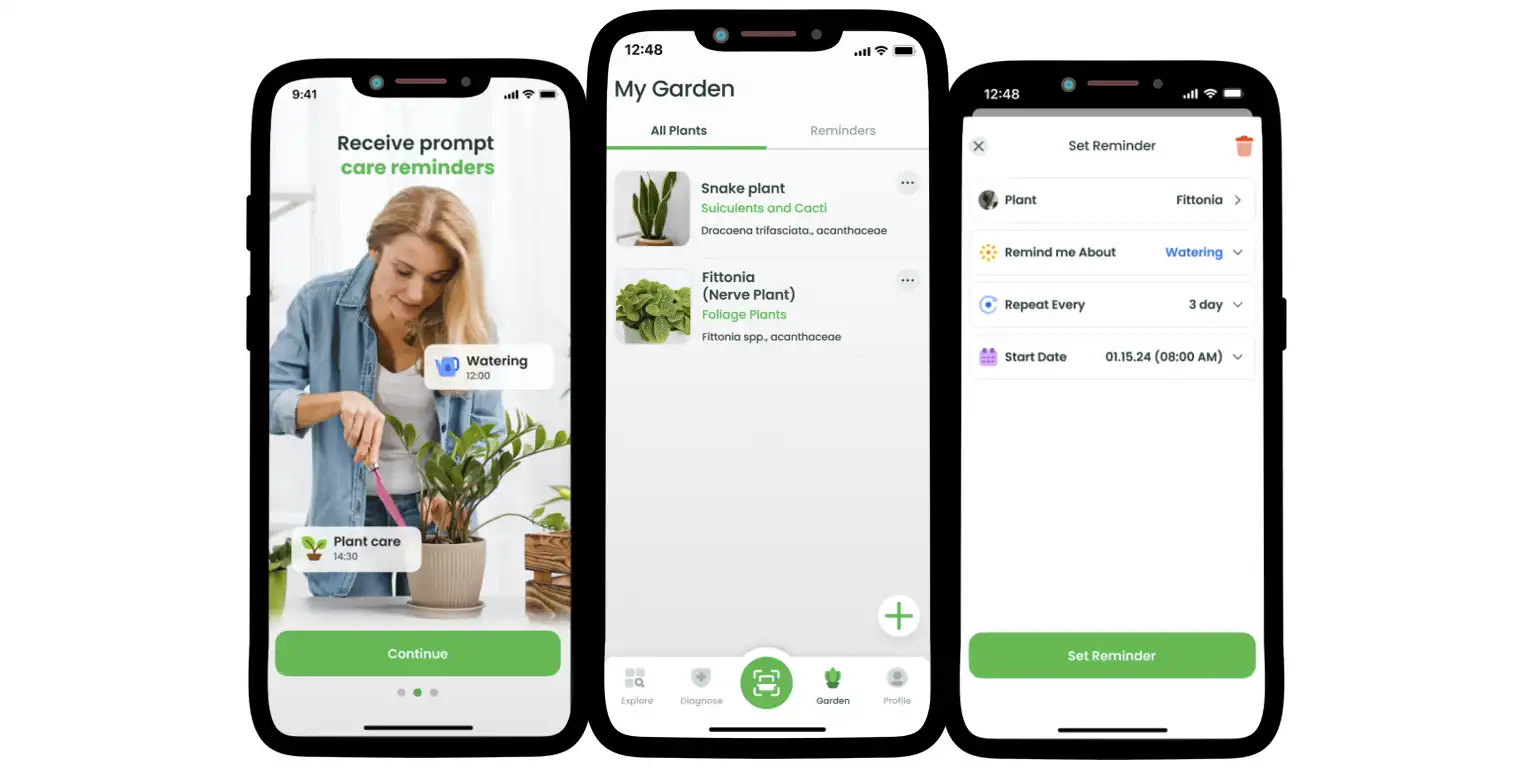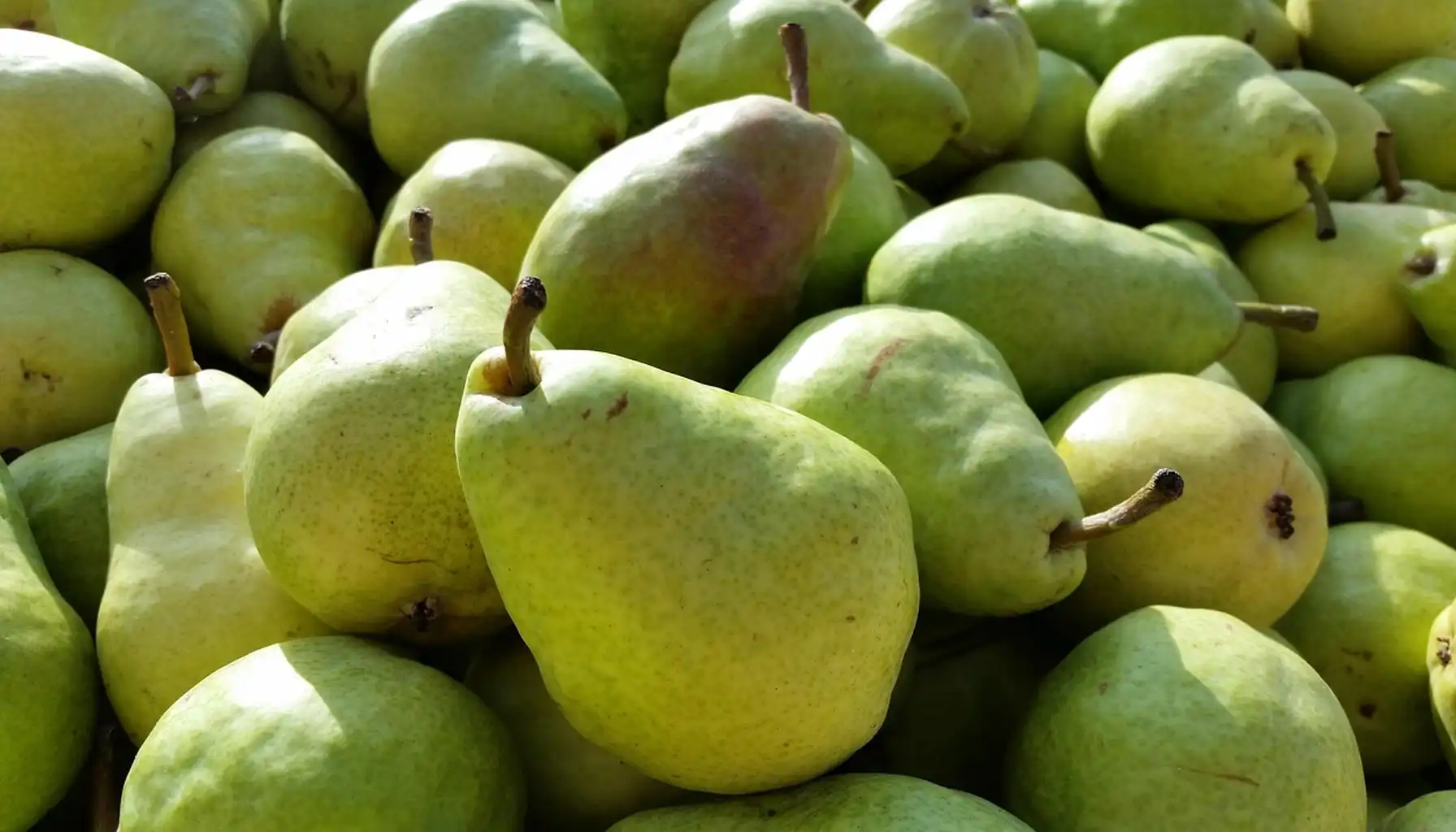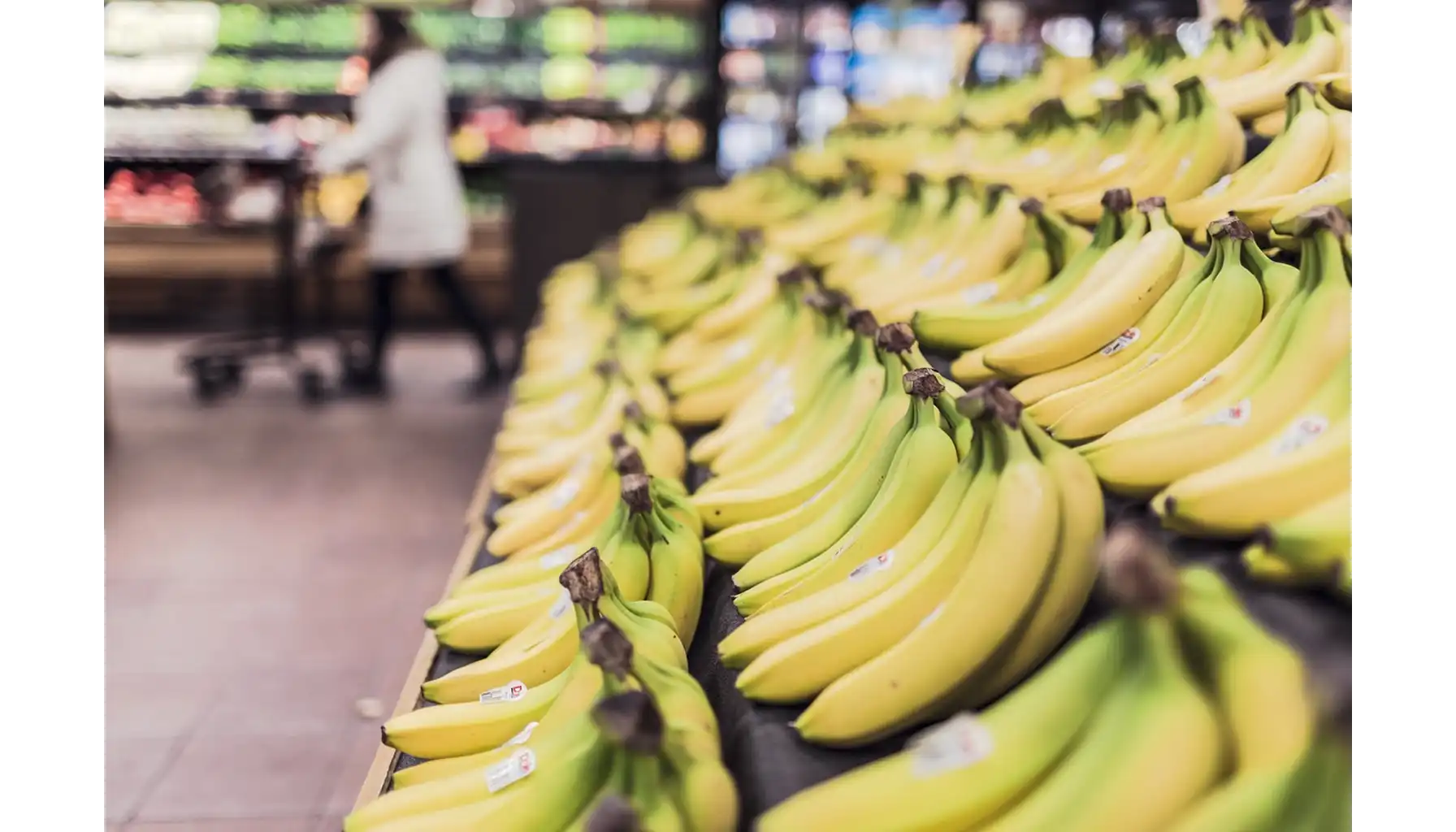Getting fresh organic products of exceptional quality is a simple dream of most people these days, and vegetable gardens remain a great solution to promote a healthy lifestyle with ease. Rhubarb, for example, is traditionally seen as one of the most popular European plants cultivated to use its edible stems in cooking tasty desserts, pies, sauces, and much more.
Nevertheless, growing such a heavy feeder may be a bit more complicated than expected. There exist various beliefs that usually hinder one’s gardening experience when it comes to rhubarb cultivation. So, let us explore how to grow these pie plants together and ensure a rich harvest at the end of the season.
What is a Rhubarb Plant?
In essence, rhubarb is a perennial plant known for its edible vibrant stalks of tart flavor and large green leaves. Although most people picture rhubarbs with pink to crimson red stalks, colors may vary depending on their type, growth stage, and environmental conditions.
Gardeners who aim to plant rhubarbs may choose the most appropriate type that could comply with their own requirements and expected culinary applications. Among the most popular rhubarb varieties, one may choose Canada Red with sweet tender stalks, Crimson Red characterized by its pleasing appearance, German Wine known for its less acidic mild flavor, and many more.
Further reading: Where Flowers Live: Preparing Your Visit to Botanical Garden.
General Growing Needs of Rhubarbs
Even though rhubarb is considered a relatively resilient plant, it may efficiently grow and thrive in the appropriate conditions only. So, what do rhubarb plants generally need to be provided with?
Climate: Novices may ask, does rhubarb grow in Florida and similar hot regions? Rhubarbs usually thrive in temperate climates with cooler summers and prolonged cold winters to ensure a proper dormancy period with temperatures below 40°F (4°C). This is how the plant may enter a new cycle to grow with renewed vigor, yet Florida is not the best place for rhubarb cultivation at this point.
Soil: The most appropriate soil for the rhubarb planting should be slightly acidic to neutral (a pH level of 6.0 to 6.8), well-drained, and rich with essential nutrients to promote productivity and proper water/nutrient absorption.
Sunlight: As a rule, rhubarbs prefer at least 6 hours of full sun for successful photosynthetic activity and efficient energy storage, as a result. Nevertheless, partial shade is also acceptable, in hot climates in particular.
Best time to water plants: So as to develop adequately, rhubarbs need consistently moist yet not waterlogged soil, especially in hot arid periods. Make sure you water the plant carefully avoiding the leaves to prevent severe diseases and other water-related complications.
How to Plant Rhubarbs?
Planting rhubarbs is a complex yet straightforward process that should be planned well in advance. By early spring, the first thing to get is the rhubarb crowns, i.e., the parts of a mature plant that consist of roots and buds from which new stalks and leaves are to grow. They can be either bought in the local nurseries or taken from the grown plant as well. But what is next?
Step 1. Choose a Suitable Site:
When one decides to plant a rhubarb crown, it is important to find a sunny location with well-drained soil for the plant to assimilate and then grow efficiently. Besides, as heavy feeders, rhubarbs should be positioned at a distance from other plants for them not to compete for resources. The soil should be well-prepared, so enrich it with compost or manure and add rhubarb-related fertilizers to boost its quality, too.
By the way, does rhubarb like coffee grounds? Sometimes, coffee might be used to add nitrogen, potassium, and other crucial elements. Nevertheless, do not abuse this method, for there exist more balanced and appropriate solutions.
Step 2. Plant Rhubarb Crowns
The most important part of the whole procedure is to plant the crown properly. Dig holes approximately 2 to 3 feet apart from each other to give rhubarbs enough space to develop into mature floral creations. Put each rhubarb crown not too deep into these holes so that the buds are facing up and cover them with 1 to 2 inches of soil afterward. Do not forget to water the newly planted rhubarbs sufficiently and take control of the soil moisture level later on.
Step 3. Manage the Plant’s Condition Regularly.
As rhubarbs grow, one should monitor the plant’s condition to ensure it remains healthy and productive. Regularly inspect leaves and stems for signs of pest infestation or diseases. If you happen to notice some hints of the plant’s unhealthy state, consult plant assistants or guides to select an appropriate treatment and make the plant thrive again.
Moreover, keep the area around the rhubarbs clean of invasive plants, since they may hinder the growth and even take control over your yard completely. Furthermore, plants, like humans, may like winter but need protection. As soon as the colder season hits, cover the crowns with mulch to protect them from harsh conditions and ensure a new start in spring.
Further reading: Natural Pesticide: How to Use Neem Oil Properly.
Growing Tips: Your Phone May Help You, too!
Today, a smartphone has become an integral part of our everyday lives. Most gardeners tend to employ traditional methods, but even these can be enhanced with the use of various modern digital tools designed specifically to make the gardening routine easier and less stressful. Different platforms and apps, e.g., AI Plant Finder, may turn into the personal assistants that are to guide you through the most complicated situations in the yard.
AI Plant Finder, for example, offers relevant features for you to keep track of the garden much easier than before. Store all the relevant information about your plants in one place, set up plant care reminders so as not to miss any crucial procedures such as watering, pruning, or mulching, and track their frequency, too.
What is more, the app can provide you with insights about what might go wrong with the plants and which diseases they may currently suffer from. Not sure where the problem comes from? Point the camera of the phone at the plant right in the app and wait for the system to process the data. Hence, AI Plant Finder will be able to detect the plant’s health problems and help you choose an appropriate treatment plan further. A great addition to your personal background knowledge.
Explore your plants, learn more about the flora of different regions, collaborate with a community of plant lovers from all over the world, and make your garden healthier than ever.
Further reading: Botany Basics: How Plants Produce Oxygen and Help Us Breathe.
It is Time for Harvest: What Should You Do?
The next year after planting, rhubarbs are usually ready for harvest for the first time. Such an amusing time it is! In mid-spring or summer, choose the mature stalks 12 to 18 inches long (30 to 45 cm) and gently pull while grasping them at the base. Make sure you do not damage the remaining part of the plant, as it is going to give you more crop the next season.
Warning: Do not use leaves of the rhubarbs because they contain oxalic acid, which is toxic to human beings and animals alike. Discard them as soon as possible and leave the stalks only.
Rhubarbs are delicious plants that can be eaten in various forms and physical states, be it an ice cream, a pie, or a sauce. Nevertheless, to savor this wonderful flavor, one should properly plant and harvest rhubarbs with confidence and profound preparation beforehand. Always keep your garden healthy, and it will definitely please you with such a natural gift in turn!
AI Plant Finder Related Posts:

